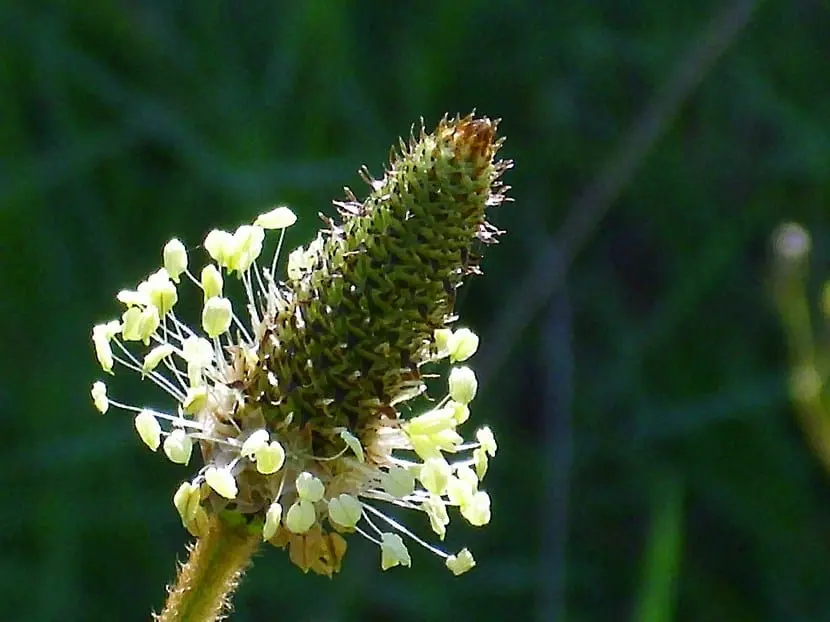I believe that basic questions should not be feared, especially when a person is taking their first steps in knowledge. If these basic questions are not resolved, it is difficult to build later. That is why today I will dedicate myself to a topic as initial as it is important: the inflorescence.
Gardening books can be confusing: flowers, inflorescences, flowers in clusters… how are they different? What is the inflorescence of a plant ?
flowers and inflorescences
Although the inflorescence refers to the flowers, it does not speak of them in the singular but as a whole. In general, the flowers do not appear in isolation but together and then the inflorescence is nothing more than the way in which the flowers are grouped, it speaks of the arrangement of the flowers on the branches or the end of the stem.
If when reading the description of a plant, the word inflorescence appears, it refers to the set of grouped flowers .
As we said, in most plants the flowers appear in groups but there are some species that have a single flower and in this case we are still talking about unifloral inflorescence. If instead the plant has two or more flowers, it is called multifloral influorescence.
Most frequent provisions
The flowers are grouped in many ways and that is why there are several types of inflorescence that are grouped into two large groups: simple and compound.
In the simple inflorescence all the flowers have the same structure while in the compound inflorescence there are many simple structures.

In turn, the simple inflorescences are grouped in a raceme, a spike, an umbel (flowers that seem to come from the same point), a chapter (the flowers are grouped above the floral receptacle) and a corymb (all the flowers at the same height located at along an axis) while in the case of compound inflorescences they are grouped in panicles and compound umbels, as is the case of carrots.

